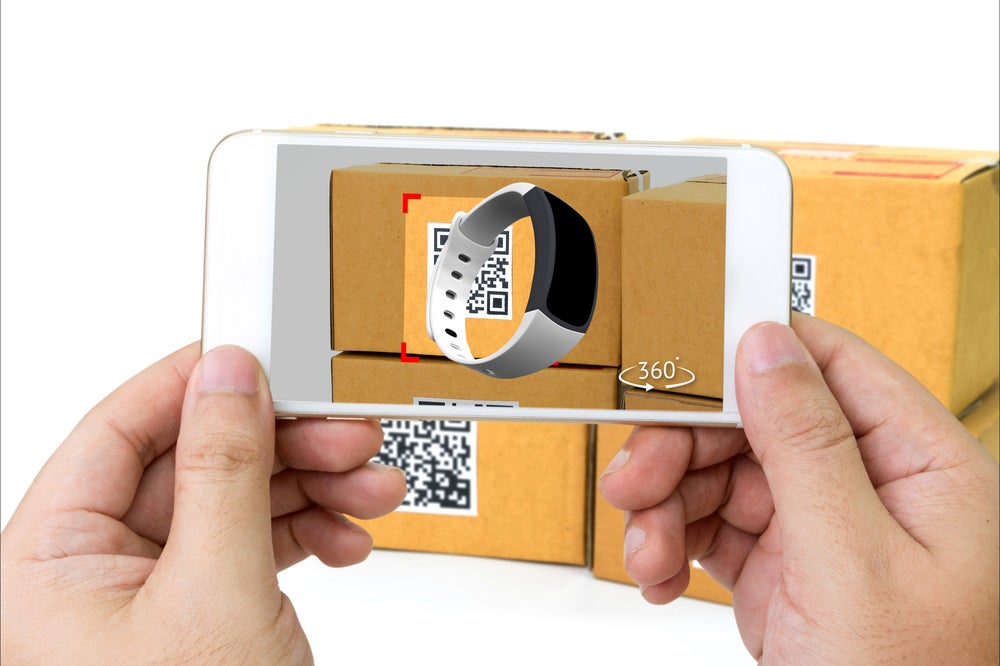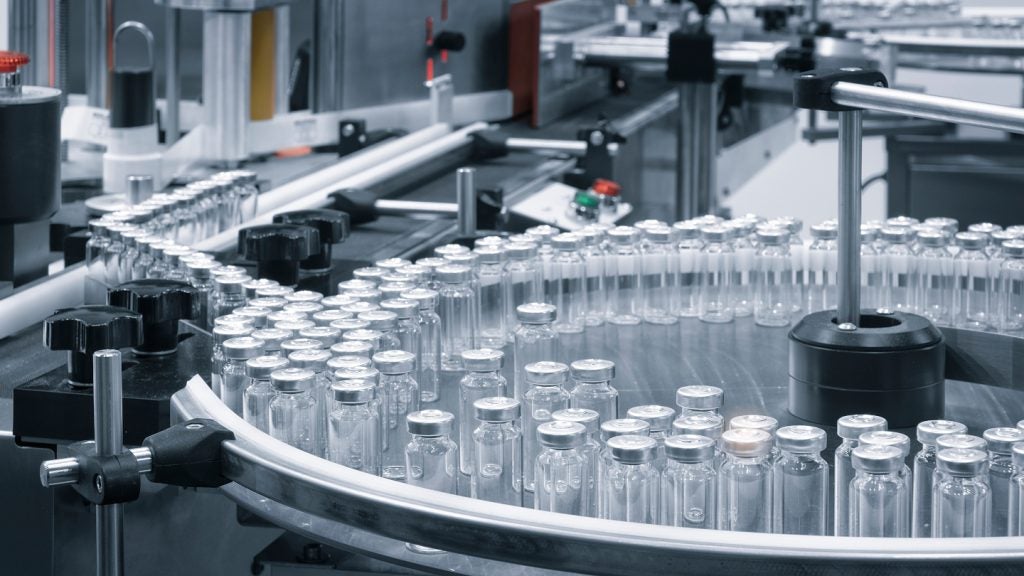In recent years, the term "augmented reality" (AR) has gained increasing prominence across various industries, from gaming and entertainment to retail and healthcare. However, one sector that is steadily embracing this technology with significant potential is packaging.
Augmented reality in packaging has the power to reshape how consumers engage with products, enhancing the experience and offering a layer of interactivity that was previously unimaginable.
This article explores how AR is being integrated into packaging, the benefits it brings, and its future potential.
What is augmented reality and how does it work in packaging?
Augmented reality is a technology that overlays digital information onto the physical world, creating an enhanced, interactive experience. Unlike virtual reality (VR), which immerses users in a completely synthetic environment, AR integrates digital content into real-world surroundings in real time.
This can be viewed through devices such as smartphones, tablets, or AR glasses. In packaging, AR typically works through a printed code, image, or symbol on the product's packaging, which, when scanned by an AR-enabled device, activates a digital experience.
This could range from 3D animations to video demonstrations, and even interactive games or product tutorials.
The packaging serves as a trigger for the AR experience, turning a simple product label or box into a dynamic, engaging medium.
Brands are beginning to realise the potential of these interactive experiences to create stronger connections with consumers, provide additional product information, or even entertain. This shift not only elevates the consumer's journey but also opens new avenues for brands to showcase their creativity and innovation.
Enhancing consumer engagement with interactive features
One of the most compelling reasons for integrating AR into packaging is the opportunity to boost consumer engagement. Traditional packaging serves a functional purpose, but AR transforms it into a dynamic point of interaction.
When consumers scan a product’s packaging with an AR app or their smartphone, they can access a range of interactive features. These features can include product demonstrations, user reviews, tutorials, and behind-the-scenes content about the product or brand.
For example, a food product’s packaging could feature a recipe suggestion, demonstrating how the product can be used in cooking. Likewise, a cosmetics product might offer tutorials on how to apply the product or even show the effects of different shades and colours on a model’s face.
These features allow customers to explore a product more deeply before making a purchase decision, which not only enhances the overall experience but also builds trust and confidence in the brand.
AR also offers a novel way for brands to tell their story. In an increasingly competitive marketplace, consumers are looking for more than just the product itself; they want a connection with the brand.
With AR, packaging can serve as a canvas for storytelling. Brands can weave engaging narratives into the AR experience, sharing insights into their production processes, sustainability efforts, or unique value propositions.
Boosting brand visibility and loyalty
Augmented reality can also play a vital role in increasing brand visibility. By offering an experience that goes beyond the standard, consumers are more likely to share their AR experiences on social media.
This organic form of marketing provides brands with the opportunity to reach new audiences and generate buzz around their products. A customer who shares an AR experience with their followers not only promotes the product but also increases its perceived value through the innovation it showcases.
Moreover, AR can help boost customer loyalty. By creating immersive and memorable experiences, brands can foster a deeper connection with consumers, making them more likely to return in the future.
This is especially valuable in industries like food and beverage, cosmetics, and fashion, where competition is fierce, and customer retention is a top priority.
A brand that successfully integrates AR into its packaging is perceived as forward-thinking and tech-savvy, which can enhance its reputation. Additionally, AR offers a way to provide real-time, personalised experiences for customers.
By collecting data on how consumers interact with the AR features, brands can tailor their content and marketing strategies to align with the preferences of their audience, ensuring that future experiences are more relevant and engaging.
The future of augmented reality in packaging
As AR technology continues to evolve, its integration into packaging is expected to become more widespread. The potential for AR in packaging is virtually limitless, offering countless possibilities for innovation.
In the coming years, we can expect to see more sophisticated AR features that integrate artificial intelligence (AI) and machine learning, allowing for even more personalised experiences.
For instance, packaging might adjust its digital content based on a consumer's past behaviour or preferences, providing a unique experience for each individual.
Additionally, the rise of wearable AR devices could further revolutionise how we interact with packaging. Instead of relying on a smartphone or tablet to access AR content, consumers could use smart glasses or contact lenses to interact with the packaging directly, creating a truly seamless experience.
This would make the technology even more accessible and immersive, with the potential to make AR as commonplace as scanning a barcode.
Another promising avenue is sustainability. As the world becomes more eco-conscious, brands are increasingly looking for ways to reduce waste. AR technology can play a part in this by providing additional information digitally, reducing the need for printed materials like instruction manuals, brochures, or excess packaging.
This would not only save resources but also help companies align with the growing demand for sustainable products and practices.
The takeaway
The integration of augmented reality in packaging is an exciting development that is already having a profound impact on how consumers interact with products.
By adding layers of interactivity and information to the packaging, AR enhances engagement, boosts brand visibility, and fosters consumer loyalty.
As the technology evolves, its potential to transform packaging will only increase, offering new opportunities for brands to create memorable, personalised experiences that resonate with their audience.
With its combination of innovation, interactivity, and sustainability, augmented reality in packaging is poised to be a major player in the future of consumer goods.












